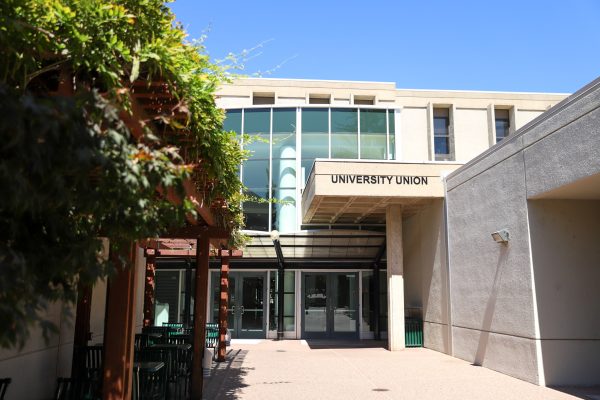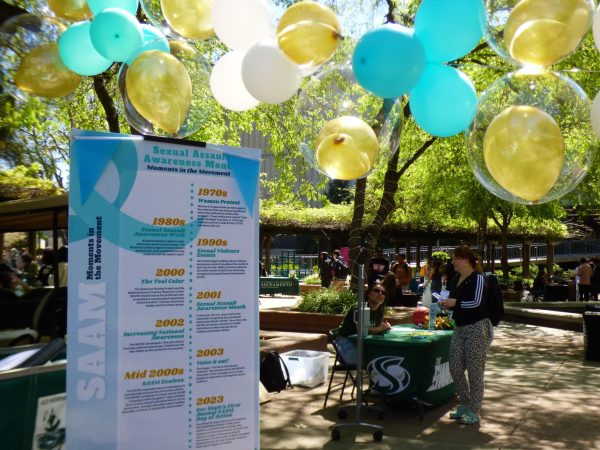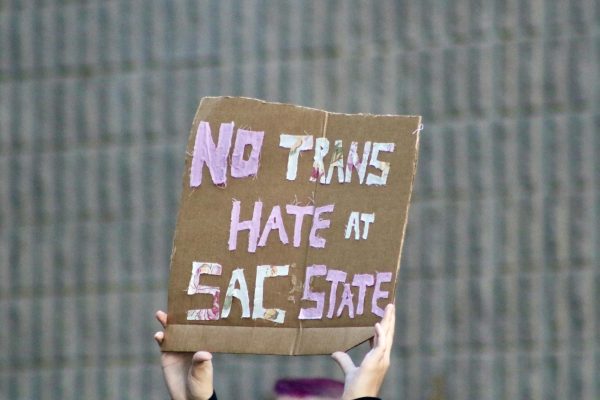Sacramento State budget will focus on student learning, increasing graduates
February 12, 2014
Sacramento State could have a slight increase in general operating funds for the 2014-2015 fiscal year due to an estimated 4 to 5 percent rise in money provided to the CSU system from the state.
Fred Baldini, the chair of the University Budget Advisory Committee, said the budget could go as high as 2 percent, but preferred to estimate that there will be a flat to modest increase.
If the preliminary analysis and estimations from University Budget Advisory Committee are accurate, it will mark the second consecutive year of increased funds for Sac State.
Preceded by six years of significant financial cuts, both the current and future budget serve as positive signs for the future of the campus.
Faculty Senate representative Scott Farrand has been on the committee since it was first created in 2007 and is grateful for the recent changes to the budget.
“For the first six years we had no money and tuition skyrocketed,” Farrand said. “It is much more pleasant to not have to savage the community with cuts, but instead rebuild the campus.”
Kristina Vieira, a senior business major and UBAC student representative, said the future is good as far as state money goes but believes Sac State still needs to be careful.
“The school still needs to take precautions and not spend money like crazy,” Vieira said.
The numbers for the new budget are hard to estimate accurately because the University Budget Advisory Committee is in the early stages of preparing its recommendations to President Alexander Gonzalez and also must wait for the approval of the state budget.
Baldini said it is hard to determine how much money Sac State will receive because only a small portion of the 4 to 5 percent CSU increase will make it to the campus level.
“A lot of the unions are negotiating contracts right now so some of that money might go to salary increases,” Baldini said. “You also have mandatory cost increases like health care.”
Baldini said a portion of the new funds will be put aside for new statewide initiatives Chancellor Timothy White proposed in his state of the CSU address, including enhanced advising and tenure-track faculty hiring.
No matter the specific amount, the current indications are encouraging for the committee. Farrand said he is relieved they no longer have to make painful recommendations for Sac State, but instead ones that will serve the campus decades beyond this semester.
“It is a nice situation to be in,” Farrand said. “We can build in a positive way instead of just cutting and cutting.”
Kayla Wheeler, ASI Vice President of Finance and a UBAC student representative, said the committee is glad Gov. Jerry Brown gave the CSU some reinstatement of funding.
“Hopefully this makes the hard decisions of the committee a little easier this year,” Wheeler said.
Having to deal with budget cuts ranging from 6 to 12 percent in past years, Baldini is embracing the “new normal.”
“Last year, the president ultimately approved an 8-percent increase for most of the divisions so now using that as the new base, we have something to build off of,” Baldini said.
Although University Budget Advisory Committee has yet to plan the specifics for its budget recommendation, the graduation initiative will be a huge priority in determining the distribution of funds. The graduation initiative is designed to answer questions like how to increase retention rates and how to reduce the time it takes for students to graduate.
“Seeing students achieve their goals and graduating are very important,” Baldini said. “Our new funding model will not be based on enrollment, but instead on outcomes and student success.”
Other areas will serve as priorities including health and safety, student life concerns and strong academic quality programs.
While the percentage increase is relatively minor, it provides hope for future fiscal years as well as opportunity for Sac State to put the past behind it and rebound from the recent economic crisis.
“Times have been very difficult, but we are not closing down programs or buildings,” Baldini said. “We are not laying people off. We’ve managed to get through this terrible budget storm and have done pretty well. Now we are starting to think about the future. It is not about rebuilding or restoration, but redefining or rethinking how we do things.”











































































































































